Why It Can Be Better To Get Medical Treatment and Healthcare Abroad
This is a collaborative post with our friends and fellow nomads, Dorene and Troy of Travel Life Experiences. In this post, we share our experiences and tips about receiving medical treatment and healthcare abroad.
You planned a trip for months: a visit to a new country. The first week, you had the time of your life, but during the second week you got sick – the instant travel enjoyment killer – and your worst-case scenario comes true. You need some medical assistance, but seeking it out is a scary thought. Questions hit your mind, like: “Will this care be as good as those at home?” Or “What if I can’t communicate with the doctor correctly?”
These are all common concerns, and when you progress to long-term travel, like what we did, these fears become even more heightened.
Troy and Dorene have had their share of medical emergencies while traveling over the years, complimented by our own tried and tested health remedies. Now that we are into full-time traveling, we need to plan for regular health visits such as medical checkups, dental visits, and annual eye exams as preventive measures.
Note that travel medical insurance covers emergencies and not regular health maintenance.
Despite all these scenarios, we would like to dispel concerns about medical treatments in foreign countries. In fact, we often have had better treatment abroad than back home in North America.
Here’s what we learned during our various medical visits around the world:
1. You can find ways to communicate to medical staff, even though you can’t speak their language.
From Indonesia to Panama to Vietnam, we’ve received good quality care at reasonable prices from international hospitals and clinics.
Often it’s possible to find English-speaking doctors. Otherwise, the language barrier can be a challenge, to find the right terminology. But here are a few ways to overcome this difficulty:
A) Document your symptoms on paper in advance. Look up your symptoms on Google Translate or through a Language Dictionary and write them down. Even if you can’t pronounce them correctly, you have the written spelling as back up. You don’t need to have complete sentences to communicate. Sometimes, just a few words are enough to get you through. Also, Google Translate has such excellent tools to communicate your message in text or audio if you have Wi-Fi access.
B) Ask for someone in the clinic who can speak a little English. Sometimes just a short facilitation in English can help with communication. It’s surprising how common it is to find someone who knows at least a little English, even when you don’t expect it. But this isn’t something you can always rely on. Moreover, there is medical terminology that is also consistent in English and other languages. For example, Dorene discovered that Vertigo, a problem she has with dizziness and ear infections, is the same word in Spanish.
C) In some countries, it’s common for doctors to study in the United States or Europe, and then they return home to practice. So perhaps there is a little English in his/her vocabulary to bridge communication gaps. We met many travelers who mentioned the same experience with such doctors, and you may just get lucky.
Of course, language barriers are challenging and frustrating, but when your health is on the line, it’s worth making an effort. (And often this makes for an excellent travel story.)
D) Use Body Language. If you feel pain, simply pointing to that part of your body that is suffering is already invaluable. For example, in Panama, Dorene was able to show how she felt dizzy and that her head was spinning, or when she injured a knee in Indonesia, she was able to point out where the pain was isolated.
2. Quality and cost of healthcare can be better than home.
This seems surprising, but many (even developing) countries have even better quality healthcare (quality + price) than what you may have back home.
It’s important to note that it may not always be public health care, but private health care facilities that can provide a significant increase in quality at still a lower cost than the same services in your home country. According to World Health Organization’s (WHO) rankings of the best healthcare in the world: Canada rated 30 in the world, and the United States rated 37. Countries like Colombia, where Troy and Dorene visit frequently, is ranked 22. This ranking is not surprising to us since some of our friends have also shared their positive experiences with excellent healthcare in this country.
Examples of excellent quality medical service that we received on our travels:
A) Dental Treatment Abroad
Troy and Dorene completed a dental cleaning in Panama. It was a complete cleaning service, including fluoride treatments and a full dental check-up in a very modern office that you would expect in Canada or the United States. The service cost us only $50 USD. The dental forms were only in Spanish. However, we used the Google Translate app on our phone through the camera reading option to translate and complete the forms. The dentist was educated in the United States, so communication was easy.
Jedd and Michelle had similar experiences in Medellin, Colombia, with a dentist who caters to expat English speakers and was trained in the States. She did the full cleaning herself with relaxing music, aromatherapy, and even a little facial massage! The waiting room was a beautiful open-air garden – very lux. The initial visit and cleaning was about $60 US, and the dentist set us up with a clinic nearby to get x-rays, which was done in Spanish. She also created a night guard bite splint for Michelle’s TMJ for about $75 US, a fraction of the cost in the States.
Jedd and Michelle have also done dental cleanings twice in Chiang Mai, Thailand and Da Nang, Vietnam. Our favorite was getting dental work done in Penang, Malaysia. Again, the English-speaking dentists did all the work themselves. The clinic was pristine and the procedures were gentle and quick. Cleanings were less than $30 US. Jedd got a filling replaced on his front tooth (it was chipped years ago and the filling started to yellow) and they were able to replace it on the spot for 150RM (about $3 US). The experience was top notch, and definitely worth visiting George Town, Penang just for the dentist.
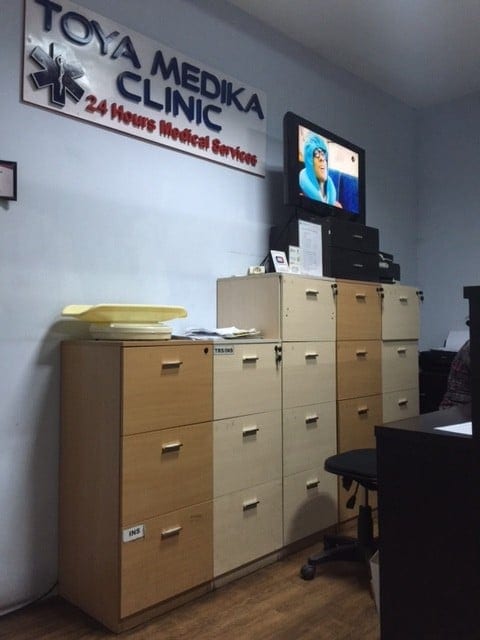
B) Medical Clinics Overseas
Early on, Troy and Dorene visited clinics in Indonesia and Panama for various ailments. They received advice from travelers and expats where the best clinics could be found.
The clinics and hospitals were clean and looked very similar to those at home. They paid $20 US for treatment in Panama and $50 US in Indonesia. The doctors were English speaking, and even despite their accents, the medical terms they used were similar to English. Troy and Dorene were relieved and surprised at how their visit to the clinic was easier than expected.
While in Cuenca, Ecuador, a fellow traveler recommended a great local dermatologist to Jedd and Michelle. Since Michelle needs to get the moles on her skin checked regularly for potential melanoma, she decided to give the doctor a try. Appointments were not necessary. When she arrived to the clinic, she was able to walk in after a 5 minute wait. The dermatologist had more advanced screening technology than anyone she had encountered in the States, and he spoke English. The process was quick and professional, and the charge was about $30 US.
C) Lab Tests Abroad
Given that we are traveling full time, we sometimes seek our routine check ups while abroad.
Troy and Dorene did this first in Panama. They visited a doctor and went to the lab to run tests. They were surprised the lab was a state-of-the-art facility that could rival any in the western world. Additionally, the doctor scheduled a free results discussion with each of them. In fact, the test results were emailed to them by the clinic within 3 hours of their visit. They paid $100 for this service.
When traveling through Malaysia, Jedd and Michelle found that there were extremely affordable, top quality hospitals offering full health checks. For about $112 US each, they got 66 lab tests, ultrasound, x-ray, EKG, and consultation with a doctor. Other add-on options, like body composition test and cancer screenings, were also available. The local nurses were very friendly and all spoke some level of English. The process took half the first half of the day and then they returned in the afternoon to meet with the doctor to discuss the results. A hard copy and electronic file of the results were also provided. This type of extensive testing and preventative screenings is something rarely offered in North America – and when it is, it’s much more expensive.
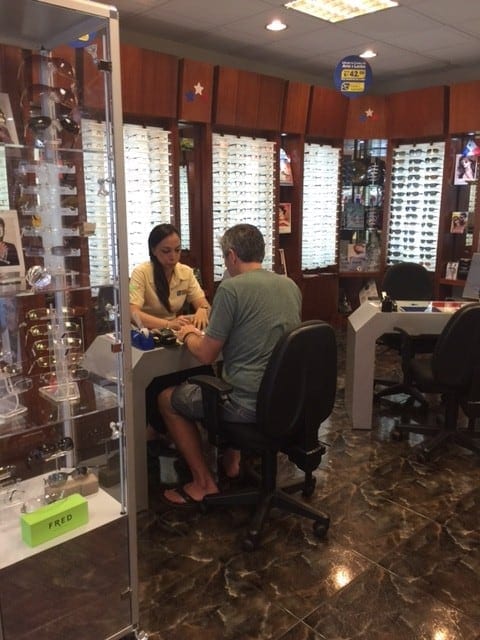
D) New Glasses and Eye Examinations
In Hoi An, Vietnam, Michelle wanted to see if the glasses she used for computer work needed a new prescription. Walking into a local eye glass shop, they were able to do some initial testing in a few minutes and determined that the current prescription was still the best fit. This was free of charge.
Troy received a full eye exam and updated the lenses for his glasses in Panama. With his basic Spanish, he was able to confirm his needs. Eye readings are universal, so this was easier than anticipated. He paid $90 U.S. for updated lenses. And if they shopped around, he probably could have received the same service at an even lower price.
E) Drug prescriptions in other countries
In several countries, pharmacists can administer drugs without a prescription. Taking the same Google translate tactics we did during our medical visit, it was possible to get help for various ailments despite the language barrier. We have used this tactic in Colombia, Vietnam, Indonesia, and Thailand.
It may also be quite shocking how low the cost of medicine is in other countries. To find your current prescriptions, this is a little trickier. Often drugs have different brand names but are copied from the original product (generic brands). Dorene encountered this situation in Vietnam. She was given medications she wasn’t familiar with. So she researched online to discover more details about the product, the dosage, and other information. Dorene was able to confirm that the prescription was appropriate. Doing this research gave her peace of mind and validation.
Some notes about traveling after surgery
Medical tourism, where someone goes abroad specifically to have a surgery or medical procedure done, is often more affordable and comfortable than having this work done in North America. As nomads, we sometimes use this tactic for our healthcare, although we have yet to need any major surgery.
But if you do find yourself having surgery overseas, whether planned or as an emergency, here are some things to know.
The following tips originally appeared on a separate post on our site, written by Amanda Wilson.
Your ability to fly will be affected if you’ve recently had surgery – especially bowel, chest or brain surgery. For most procedures, you should be waiting between two and six weeks post-op before flying. For heart or chest surgery, you won’t be able to fly for at least eight to ten weeks.
But even once you’ve got medical clearance, you could still experience problems traveling. To reduce the risks, here are tips for traveling after surgery:
1. Avoid blood clots
To reduce the risks associated with flying for long periods:
- Check in early to guarantee a seat with extra legroom (you may need to pay extra for this privilege)
- Ensure to stretch your legs often and keep blood circulating
- Walk up and down the aisle regularly
- Don’t wear tight clothing
- Avoid drinking alcohol and instead, keep hydrated with water
2. Research your location
Your destination should be convenient, close to amenities and relaxing. You shouldn’t put your body under too much strain after surgery. That means adventure holidays are off the table. Similarly, avoid anywhere hilly or at high altitude, as well as places with extreme temperatures as they can cause extra strain. Give your body time to relax by booking a peaceful holiday.
3. Research the country’s medical facilities
Look into foreign medical services and find out how you would be treated and what you’d need to do to get medical help in the destinations you’re interested in.
If you’d be interested in having access to healthcare providers vetted by a top authority, you can become a member of The International Association for Medical Assistance to Travelers (IAMAT) for free.
4. Make things easier for yourself
Don’t put yourself under unnecessarily pressure or stress. For example, give yourself plenty of time to get to the airport, rather than rushing around. Also, book transport to your accommodation ahead of time. It’s one less thing to worry about.
5. Don’t be afraid to tell people
Let flight attendants know about your recent surgery, and tell hotel staff you might have some additional requests. Most people will be more than happy to help if you’ve explained the situation to them clearly. Remember – you’re not being demanding, but people can’t be accommodating if you don’t inform them. For example, you might be able to get help with your luggage or use of a wheelchair at the airport or hotel.
So, healthcare needs while traveling can’t always be planned, but with a little bit of research, it is possible to take the risk, for the sake of your health.
If you don’t have your health, how can you live a more fulfilling life?
Have you been surprised by a positive medical or dental experience in a foreign country? We’d love to hear about it.
Like this post? Pin it for later or share with friends!

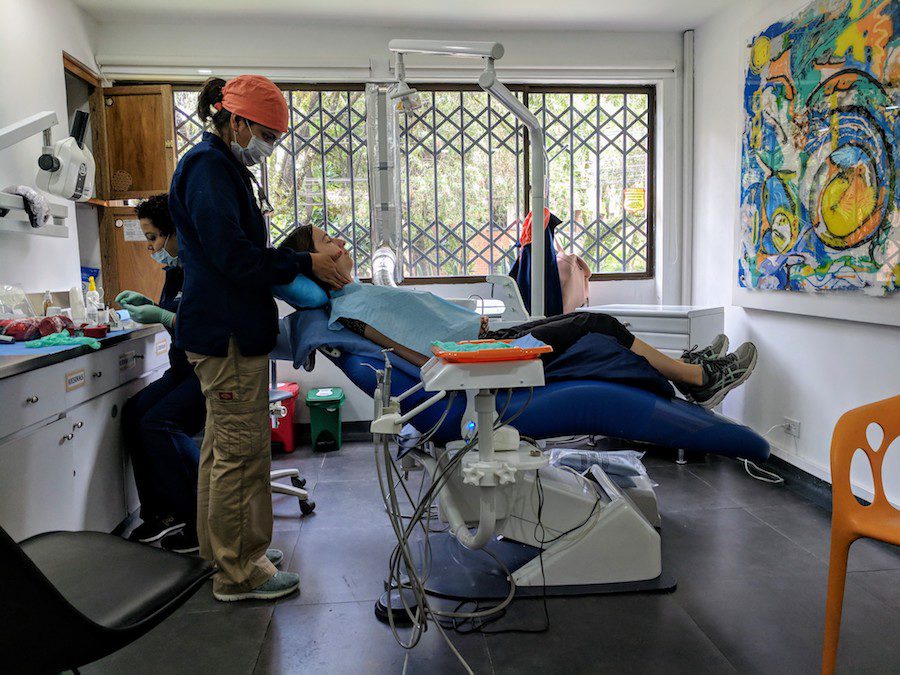
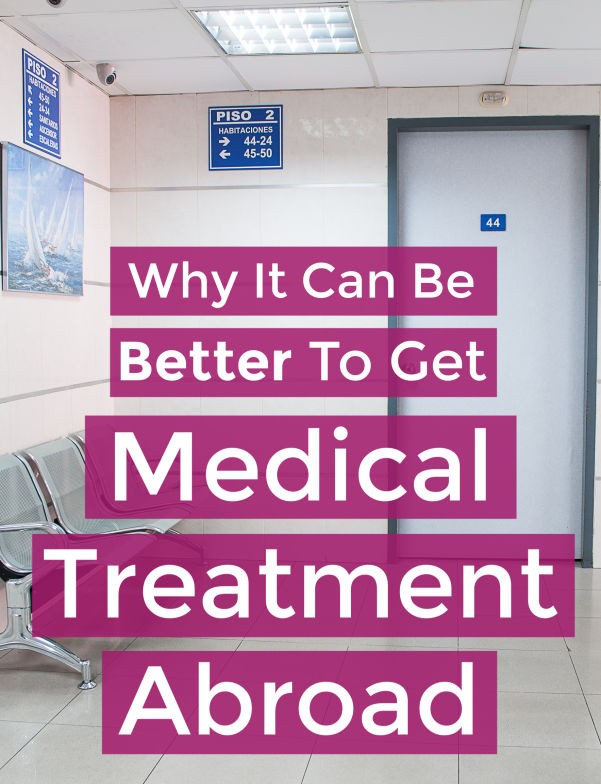

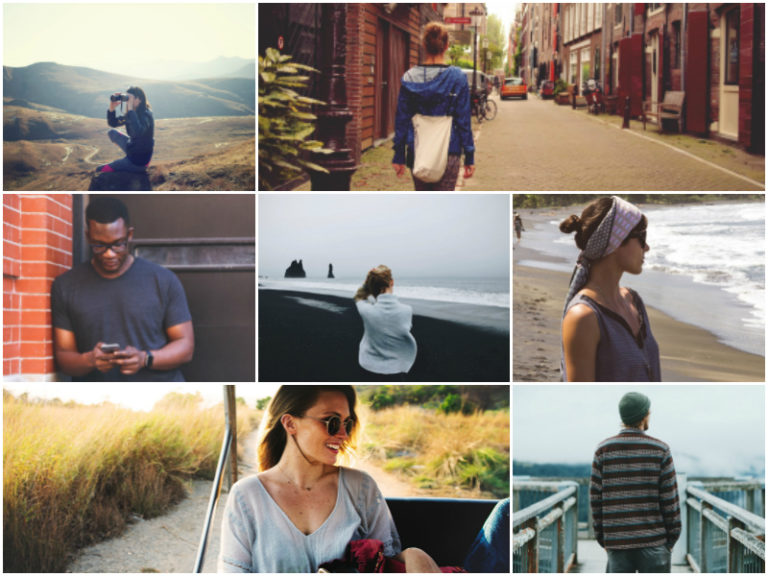
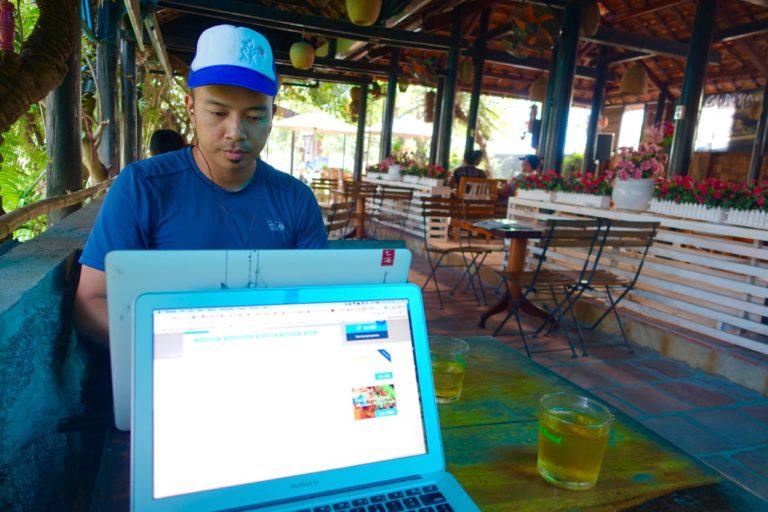
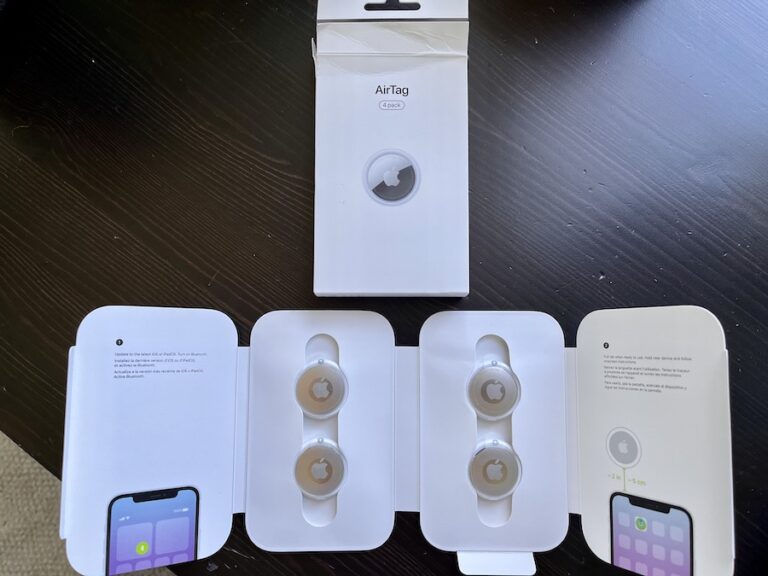


Travel clinic is very important for vaccination before traveling. A few days ago I visited Travel Clinic NY in Manhattan for vaccination before my Brazil tour. This is one of the best travel clinics in NYC. The cost of their vaccines is so affordable and they advise only necessary shots. Further, the patient only seen by certified travel doctors. You can choose your schedule online by visiting their website.